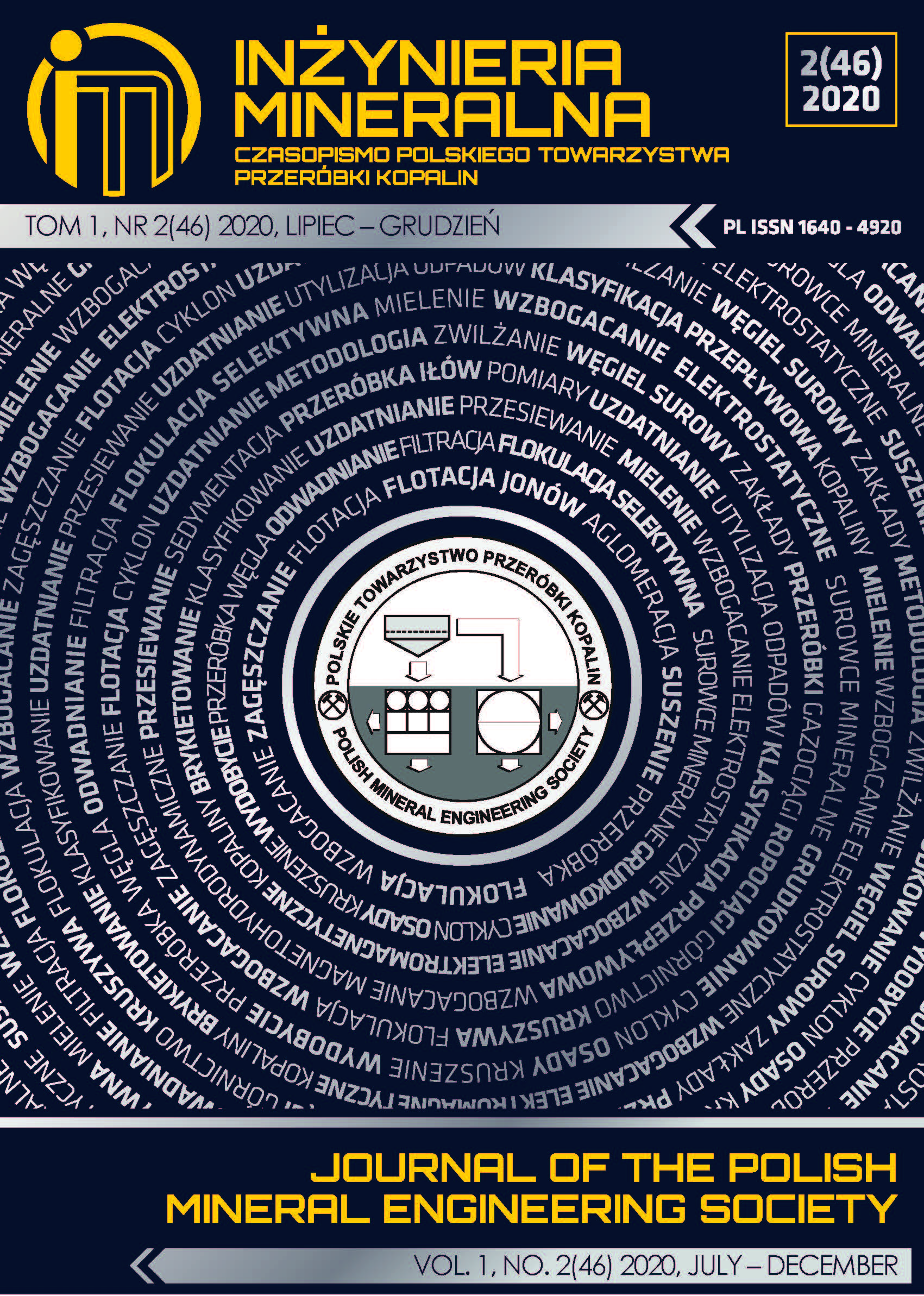Coupling Satellite Images and Unmanned Aerial Vehicle Data to Monitor the Exploitation of Open-Pit Mine
Abstrakt
Discovering the variation of an open-pit mine in vertical, horizontal, and temporal dimensions as well to characterize the stages and the trends of the exploitation are indispensable tasks which provide information supporting decision making and planning for sustainable development of the mining industry. Remote sensing technique with the advantages of multi-spatial, multi-spectral, multi-temporal resolution is a promising solution to meet the information requirement. This study proposes an approach of coupling the high-resolution satellite images and Unmanned Aerial Vehicle (UAV) data to observe the variation of Tan An open rocky mine during its lifetime. Five satellite images with the resolution of 0.5 m acquired in 2006, 2012, 2014, 2016, 2018, and two ortho-images with 0.034 m resolution constructed from UAV photos captured in 2019, 2020 are used to make land cover maps. The analysis of land cover changes discovers 3 stages of open-pit mine exploitation consisting of unprompted exploitation, exploiting outbreak and stable exploitation corresponding to the changes in the mine. Besides, two Digital Surface Models (DSM) constructed by UAV photos are compared to calculate the elevation and volume changes. The assessment of the correlation between elevation change and land cover change indicates that the mineral exploitation is in the vertical range from 645 m to 660 m, and the exploitation trend is following the horizontal expansion rather than the deep excavation. Additionally, this experiment results in 79,422 m3 of mineral taken from the mine, and 34,022 m3 of soil used for the restoration within a year from June 2019 to June 2020.
Czasopismo pozostawia część majątkową praw autorskich autorowi.
Czasopismo zezwala autorom i zachęca ich do zamieszczania swoich artykułów na prywatnych stronach internetowych oraz w instytucjonalnych repozytoriach. Dotyczy to zarówno wersji przed opublikowaniem, jak i wersji po publikacji. Udostępniając swoje artykuły są zobowiązani do zamieszczenia szczegółowych informacji bibliograficznych, w szczególności (o ile to tylko możliwe) podania tytułu tego czasopisma.







.png)
